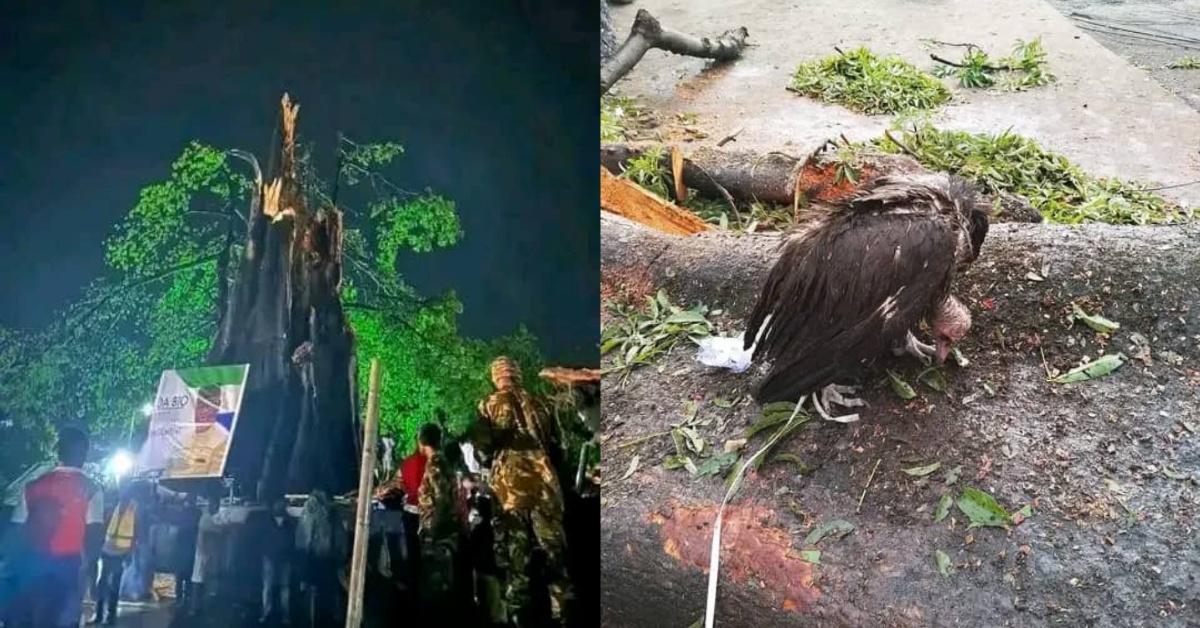In the heart of Sierra Leone’s capital, Freetown, it has now dawned on passersby who normally see bats with wings like an umbrella flying between the day and the night to accept a new reality: the famous Freetown Cotton Tree is now history.
The fall of the giant tree has saddened Sierra Leoneans and also poses a serious risk for thousands of bats and vultures in Freetown.
The giant sprawling tree tower, which was serving as a home for bats and vultures, was decimated after a night of heavy rains led to its collapse and the death of these animals. Hanging upside down like rows of old rags, grinning in their sleep, the Freetown Cotton tree has been serving as an abode for bats for decades, until recently when climate change brought it to its knees. These nocturnal creatures were either left homeless or forced to look for other shelters in the skies of Sierra Leone.
As most bats are nocturnal, a majority survived the tragedy because the event took place in the evening hours. Bats fly and forage for their food (bugs) at night. They use the Cotton tree as a safe place to sleep during the day, as it provides the kind of protected shelter they need to thrive.
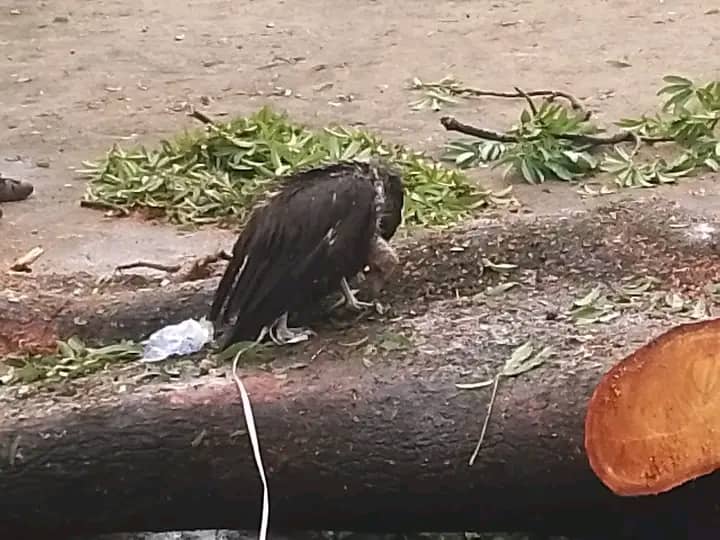
However, popular Sierra Leonean journalist Amadu Lamarana Bah has opined that Sierra Leoneans abandoned the cotton tree, which was serving as the home for these animals.
Lamarana states, “We abandoned the cotton tree. First, there was a mysterious fire, and a few weeks ago, one of the branches fell. We didn’t do anything to preserve it, and now we are all rushing with the usual fire brigade approach. Thankfully, it didn’t fall during the day when it is always busy with traffic and hawkers. Freetown City Council and the Ministry of Tourism did absolutely nothing since it started showing signs of falling. In all of this, we should be worried about climate issues and the rains.”
Vickie Remoe, renowned TV host and producer of the podcast “Make Sierra Leone Proud,” reflects in an interview with World Host’s Marco Women that the loss of the tree is like an amputation and is heartbreaking.
“I know to some people it may just be a tree, but for us, it’s our identity, it’s heritage, it’s community, it’s family. It’s so much more. It’s walking home from school in the afternoon and passing by the tree with hundreds and hundreds of bats and the sounds of their wings,” she states.
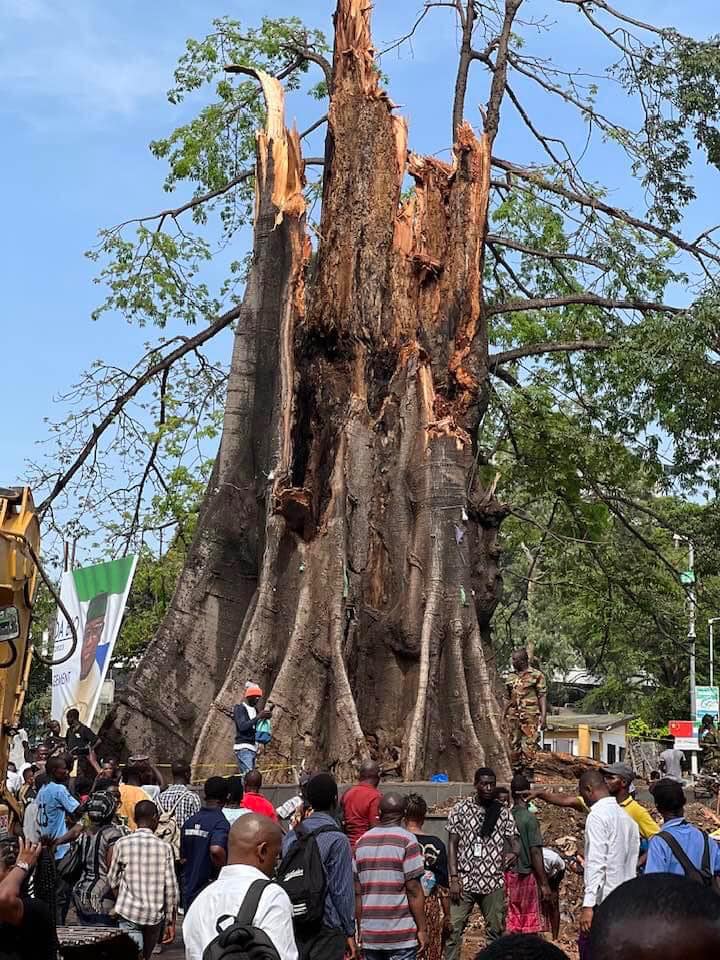
She further reveals that the Cotton Tree has stopped bearing because its economic lifespan is about 50 or 60 years, so no one has ever seen cotton on the tree.
Describing bats at the Cotton tree, Remoe states, “What we know is that there were lots of bats and birds. At the end of every business day, you could hear the sound of a bat migration. If you were in a high building, you would see all these bats either leaving the tree or coming to the tree as the sun is setting.”
Meanwhile, it is no secret that globally the main threats to bats include habitat loss and climate change. Studies across the world have already reported shifts in the distribution of several bat species that have coincided with high temperatures and habitat loss.
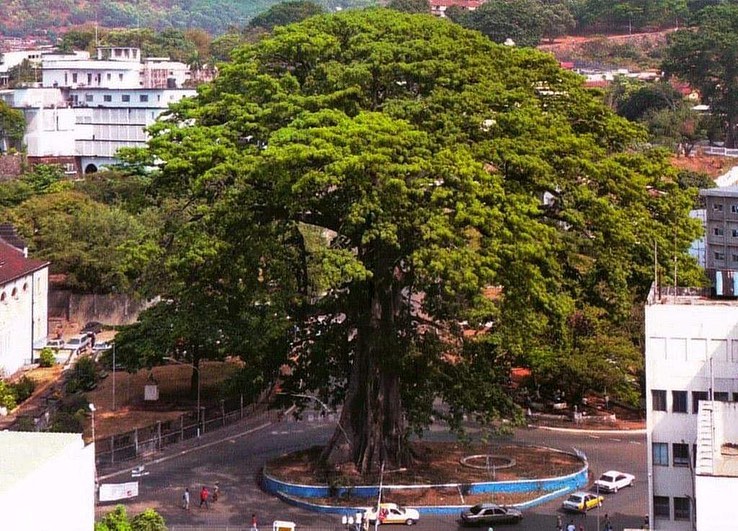
However, the absence of a trained and qualified Chiropterologist in Sierra Leone makes it difficult to evaluate the ripple effect of the loss of the Cotton Tree on these creatures.
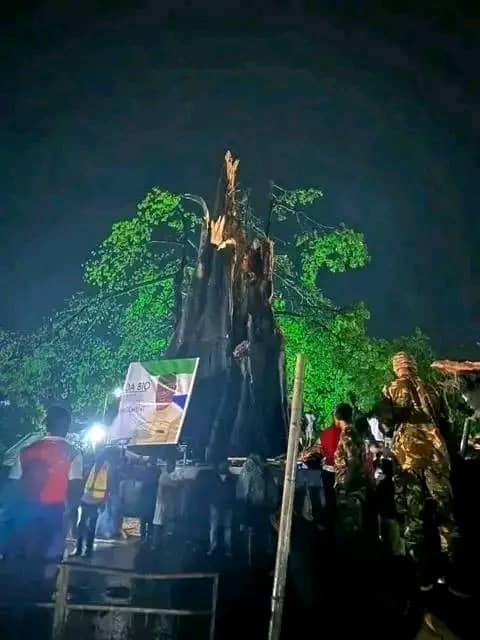
Regarding nocturnal animals, bats are among the most fascinating and misunderstood creatures in Sierra Leone because they are often associated with darkness and fear. For some, bats conjure images of blood-sucking creatures, but in reality, bats, like all other organisms, are part of our astonishingly rich biosphere. They may be overlooked but are part of a global ecosystem, with a role to play in its changing evolution.



 Post a comment
Post a comment 